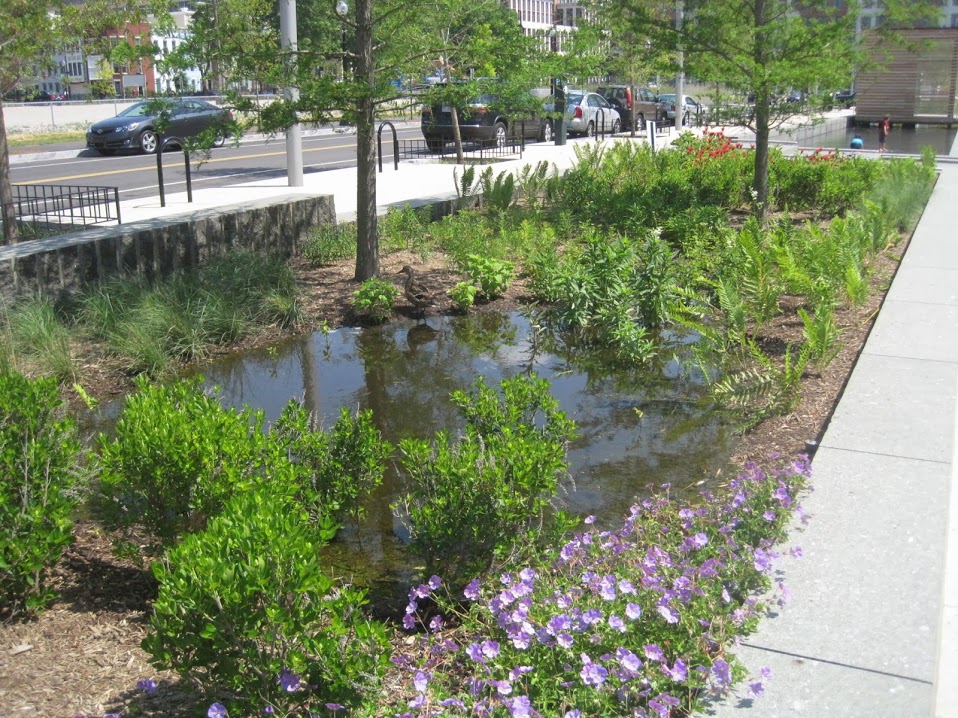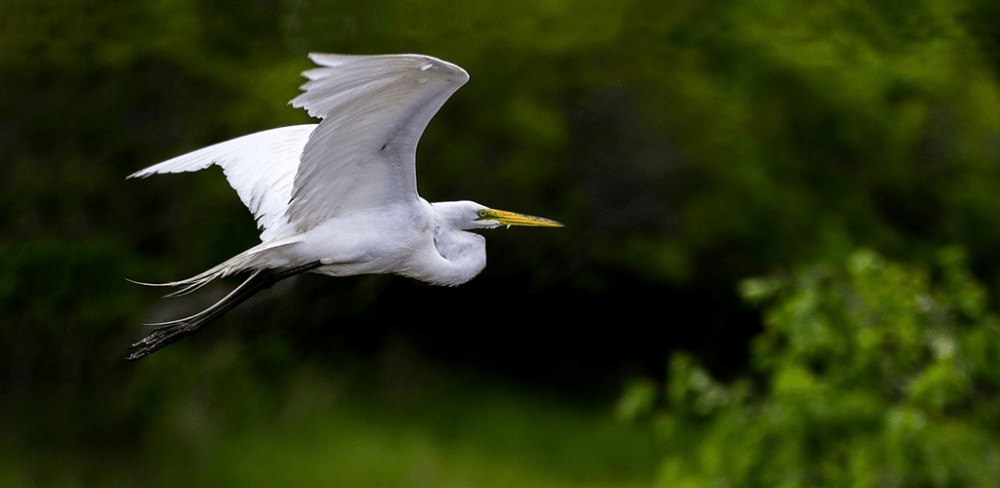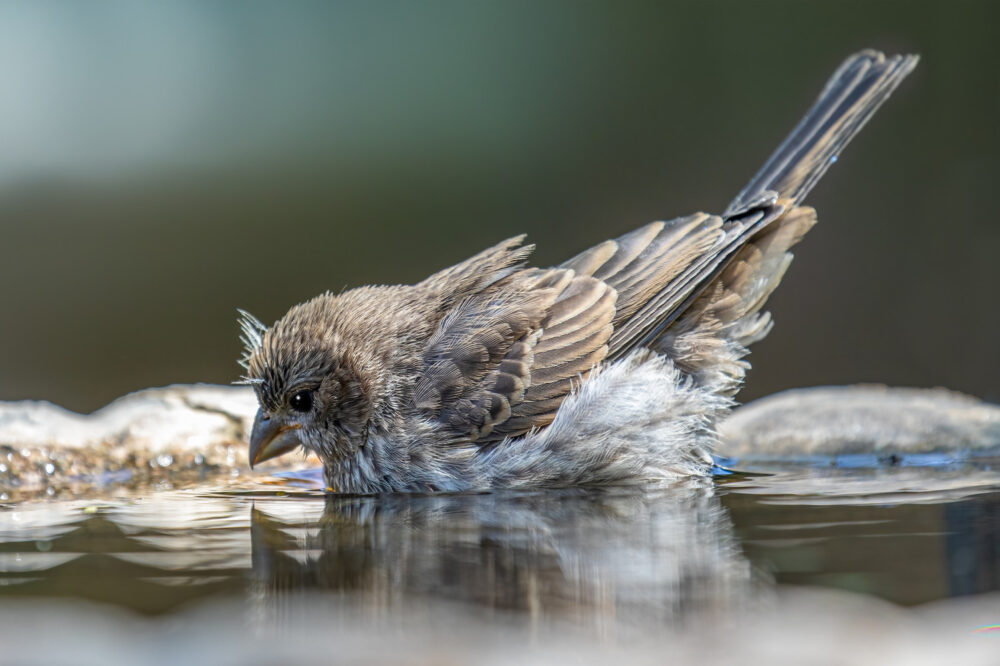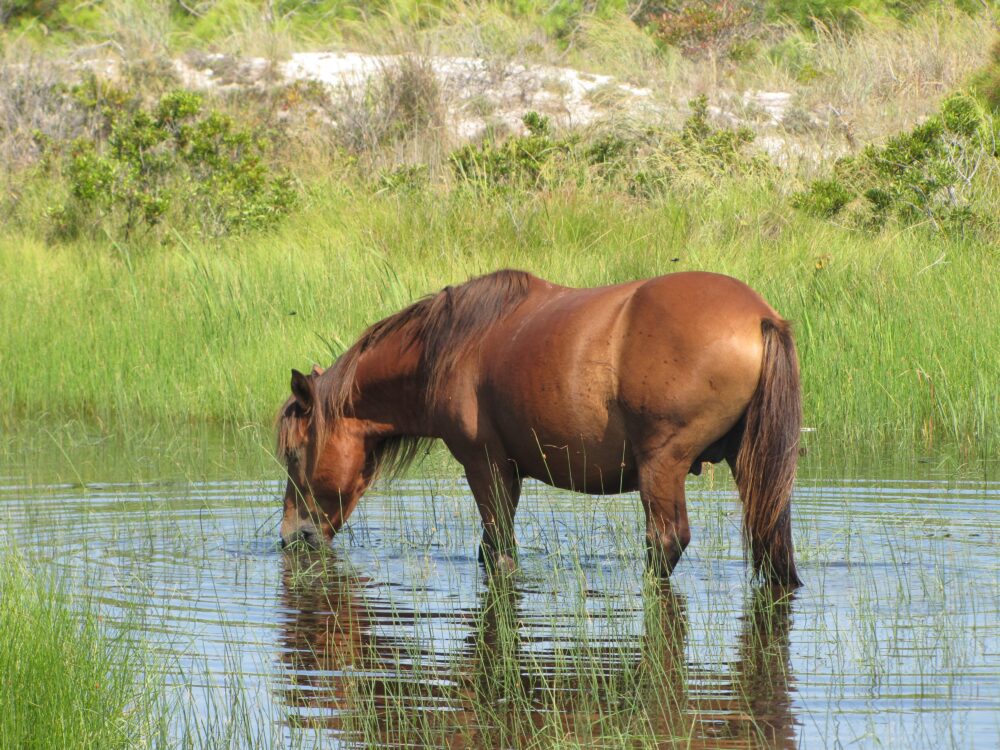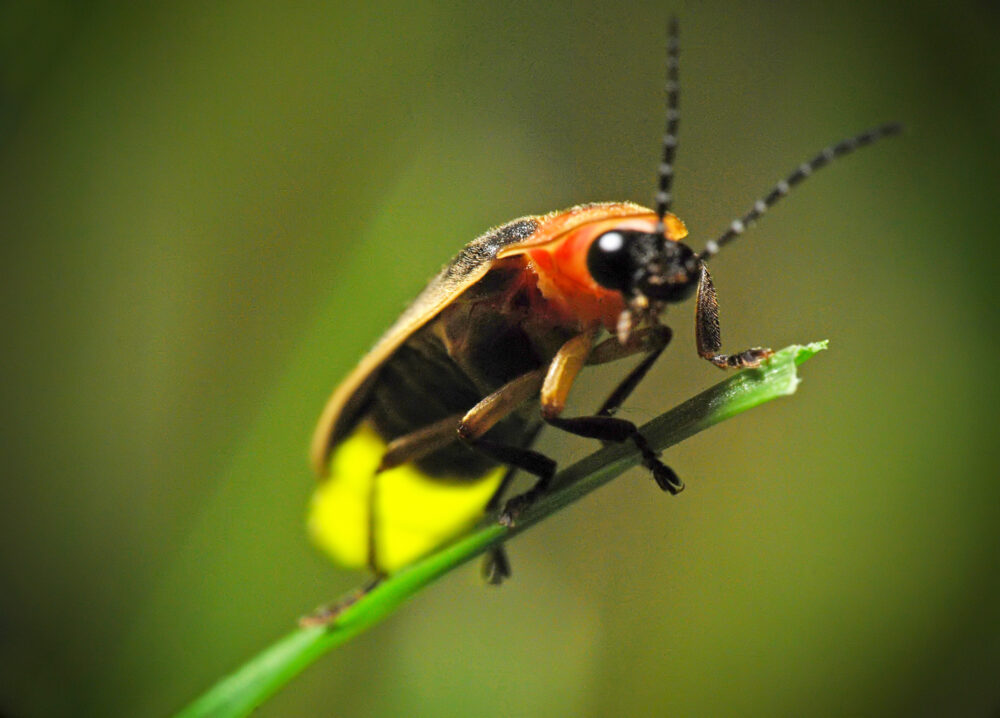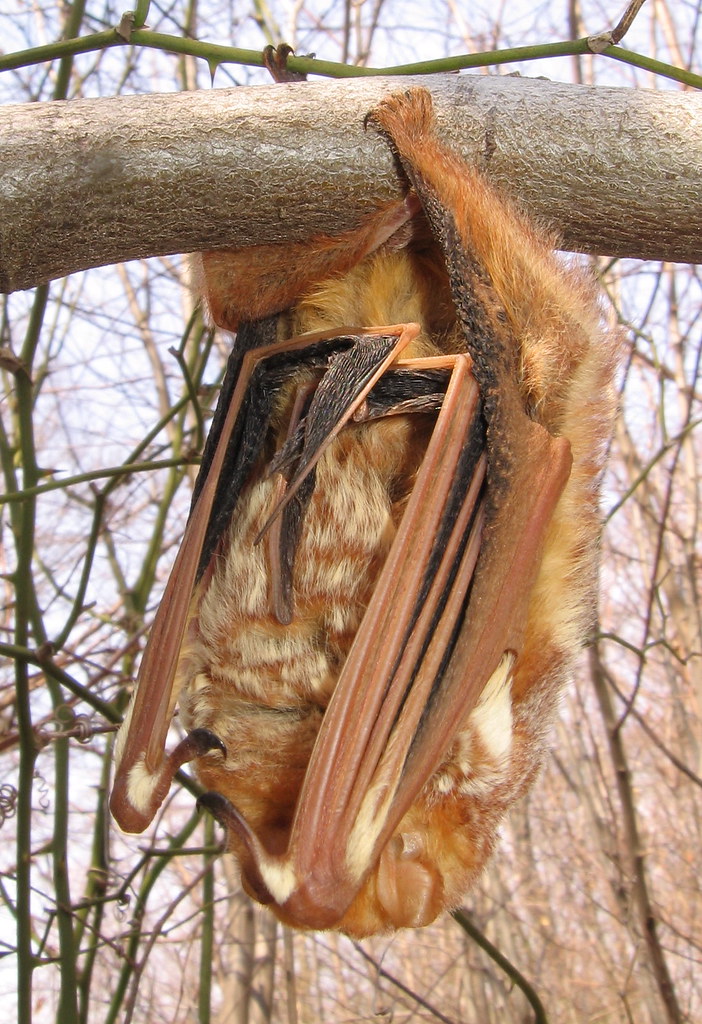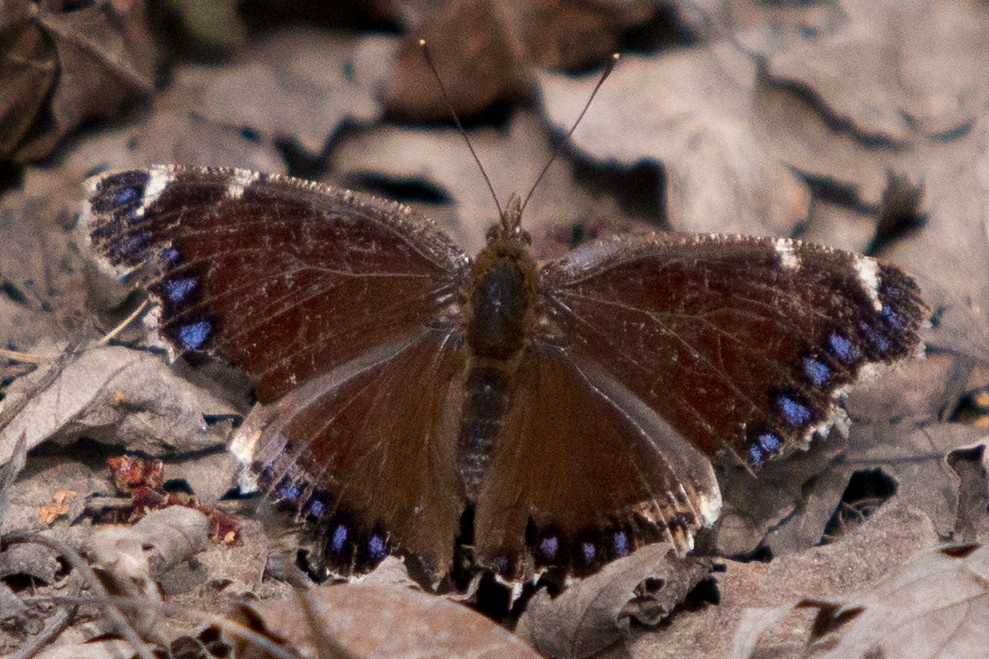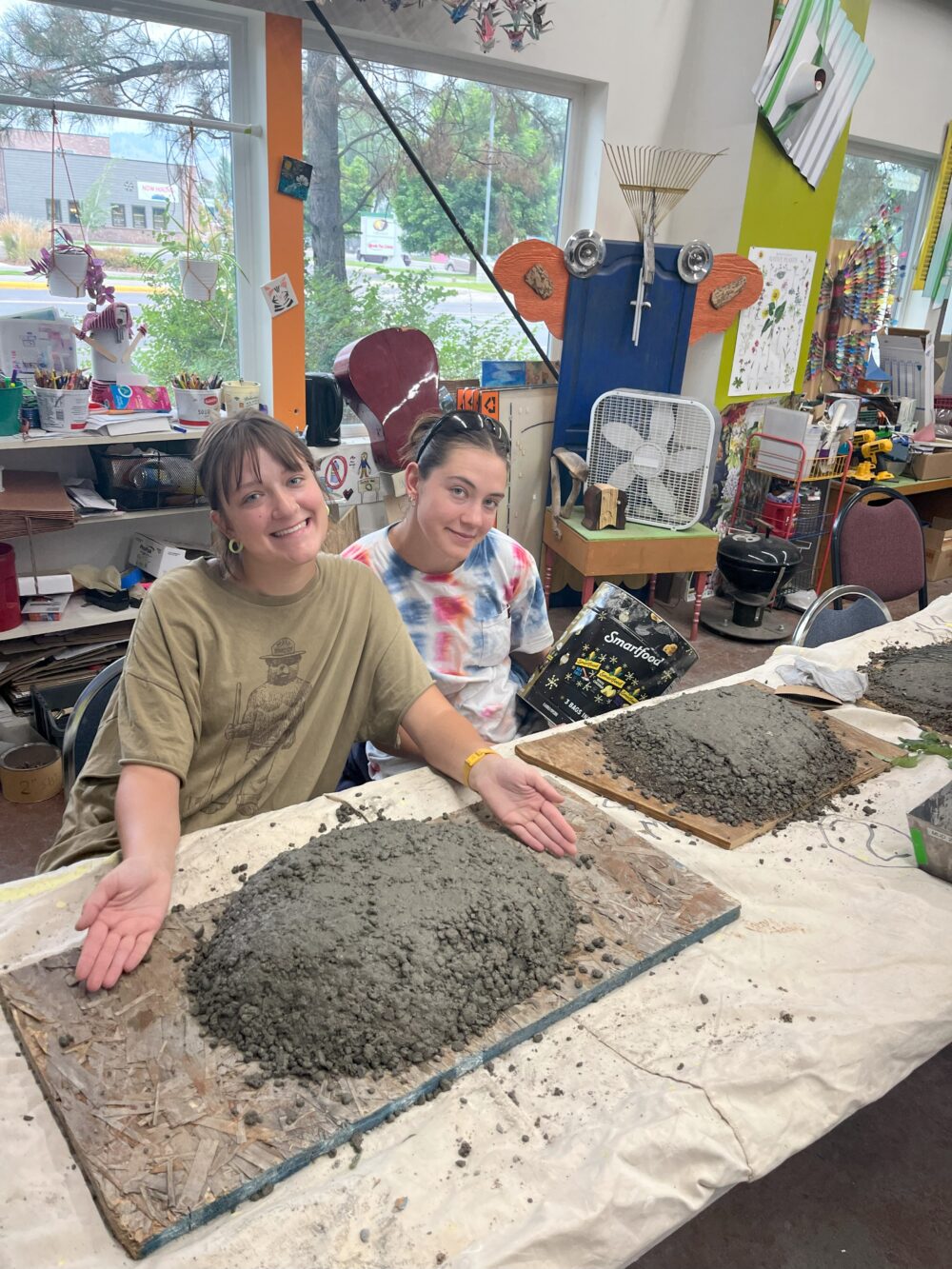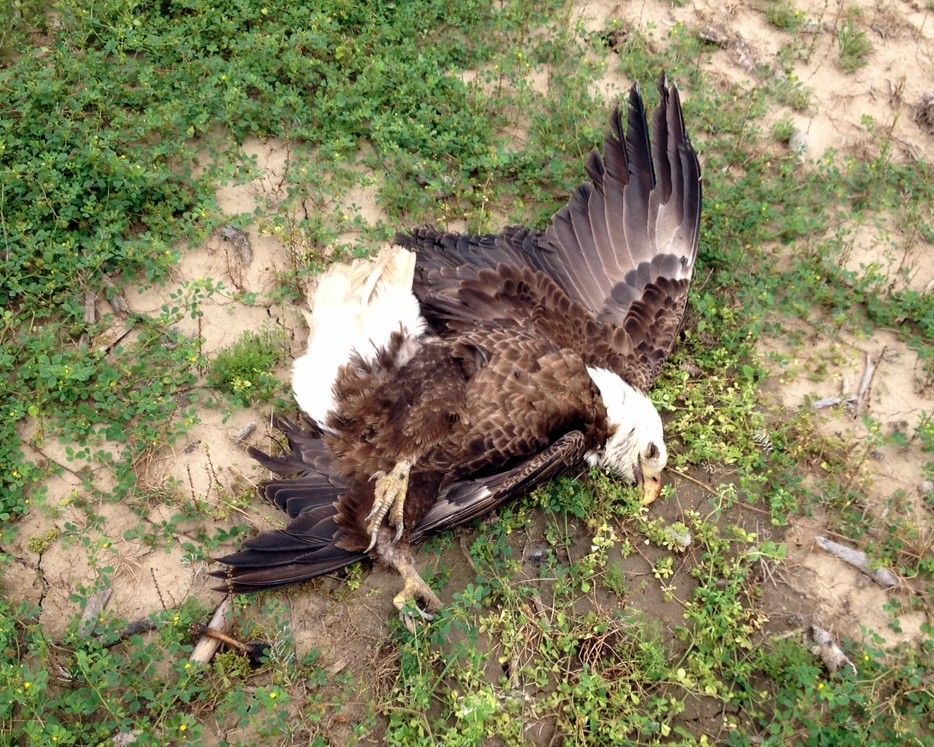We have much more to do and your continued support is needed now more than ever.
Snowfall, Wildlife and Gardens
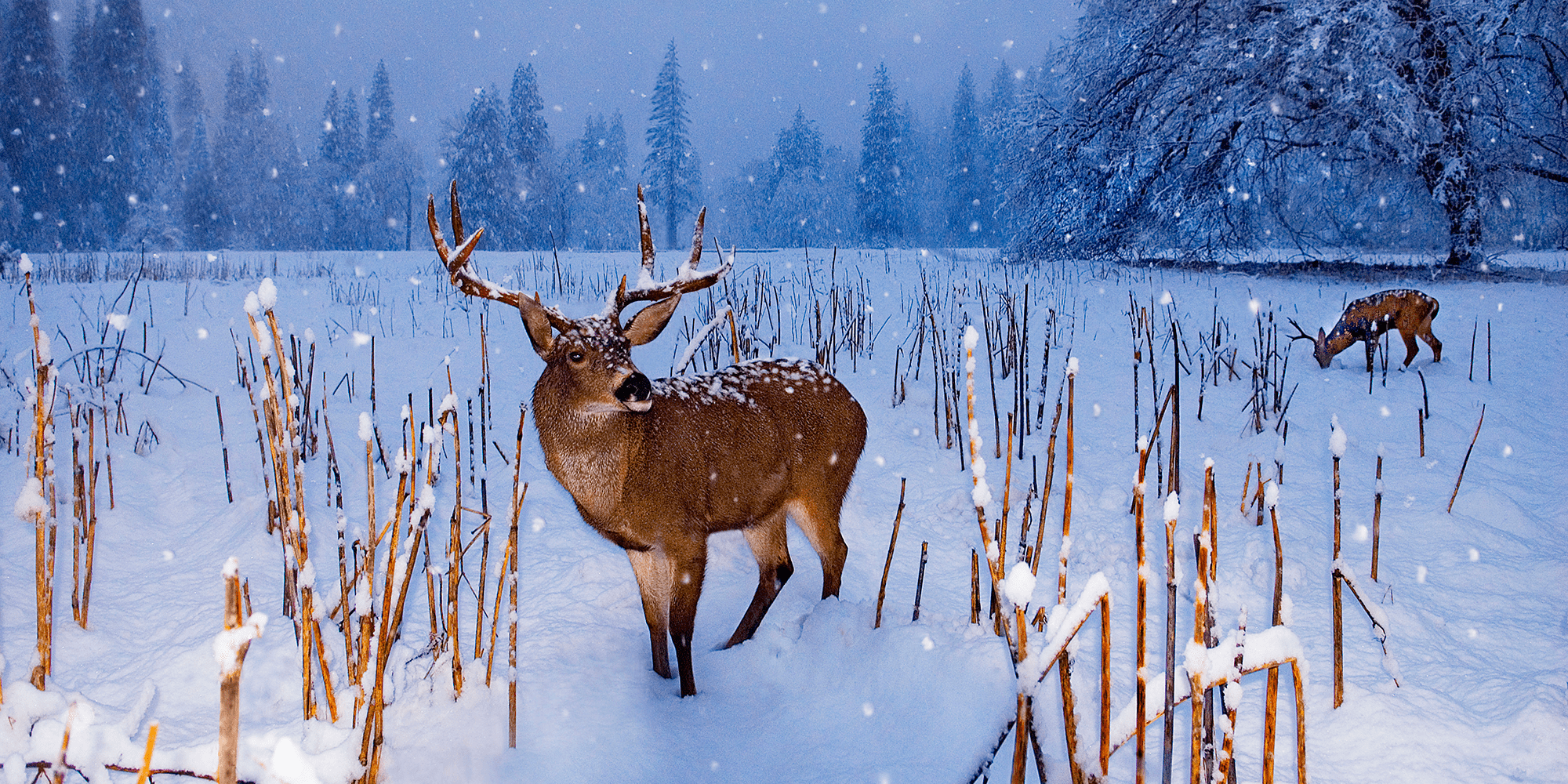
Have you been dreaming of a white Christmas, or dreading it? Either way, the very essence of winter in temperate climes is snow.
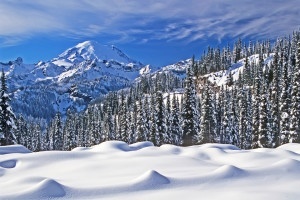
And what a wonderful thing snow is. Think of it—when temperatures are low enough, water falls from the sky in the form of a dry, white substance that can transform a landscape into a wonderland, as the song says. We can use this form of water to build igloos and snowmen and snowballs and have a snowball fight. We can sled and ski on it. We can melt it and drink it—it’s like instant water, and you don’t even have to add water to make it. Pretty amazing stuff.
Where Snow Comes From
The short answer: clouds. But of course, nothing is that simple.
Snow begins as droplets of water in clouds. The droplets gather together around a nucleus that can be a tiny ice particle, dust or even bacteria. Under freezing conditions, the nucleus allows the drops to form a lattice work, with more and more droplets accumulating into a mote of snow, or snowflake.
The pattern that a snowflake forms depends on temperature, humidity and movement of the flake through the atmosphere. Not all snow takes the classic flake form. Some form tiny columns or tubes. Because the forces creating any given snowflake are, if not unique, at least very unusual, it is highly unlikely, though not impossible, that any two snowflakes will be identical.
When snow falls to earth, it can take various forms, ranging from dry and powdery to hail, which shapes up when snow alternately melts and freezes during its fall, allowing wet globules to mash together.
How Snow Falls
When snow comes down in brief, light amounts, it constitutes a snow shower. A snow storm is heavy snowfall. Add wind, and you have a blizzard. However, falling snow is not a precondition for a blizzard—hard winds blowing snow already on the ground also qualifies. Question: How does snow fall at Washington State’s Mount Rainier? Answer: Very heavily—the mountain is subject to the highest average annual snowfall in North America, 641 inches, with highs in unusual years in excess of 1,100 inches.
The air between flakes of freshly fallen snow dampens the vibration of sound waves, giving the post-snowstorm world its reverently muted quality. Once snow melts and refreezes, the muffling quality is lost—ice doesn’t trap sound.
Snow and Plants
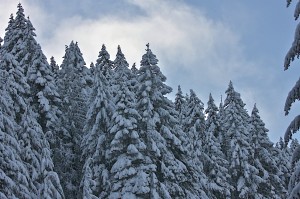
So let there be snow. Put a blanket of snow over plants, and they will be insulated from temperature fluctuations and from wind, especially if a thin crust of ice takes shape over the snow. The ground under snow does not freeze, so roots may even grow, if only a little, under a snow blanket, even as activity in branches stops. Following a winter of persistent snow cover, gardeners can anticipate healthier spring and summer plants, with more fruits and flowers.
Of course, every fluffy, white cloud has a dark lining, as the song doesn’t say, so naturally snow has some negatives. Notably, heavy snow can build up on tree branches, especially those of pine trees, causing branches to snap or young trees to bend and break. In nature, such fallen branches and trees may provide dens for wildlife, or breeding places for insects favored as food by birds. In the garden, however, you may want to whack low branches with a broom to knock off heavy snow.
In spring, melting snow becomes a vital water source for soil and plants. Even in summer, snowmelt retained in soil offer plants reserves of water.
Snow and Wildlife

Some species—the arctic fox, snowshoe hare and long-tailed weasel among them—are so well adapted to snowy environs that they change brown summer coats into white during snow season. However, changes in the duration of annual snow cover due to climate change seems to be disrupting this elegant system of camouflage, according to a paper published recently in the Proceedings of the National Academy of Sciences. Climate models suggest that the yearly duration of snow cover in snowshoe hare range, which lies across Canada and the northern reaches of the United States, could be reduced by as much as 40 days late in this century. Result: white hares against a background of brown soil and dead leaves, making the animals particularly visible to the predators that already account for 85 percent or more of hare mortality.
If snowshoe hare populations dwindle under the new regimen, the effects on a species such as the Canada lynx, which specializes in hunting the hares, could be significant. Other species that molt from brown to white in winter could be similarly beset with new survival challenges.
Outdoor Snow Activities
Become a wildlife gardener with National Wildlife Federation. It’s free and you’ll get great wildlife gardening tips and learn how to certify your garden as an official habitat.
You can also build a snow owl or snowshoe hare out of…snow. Then, learn how snow reveals the secret life of your backyard.

